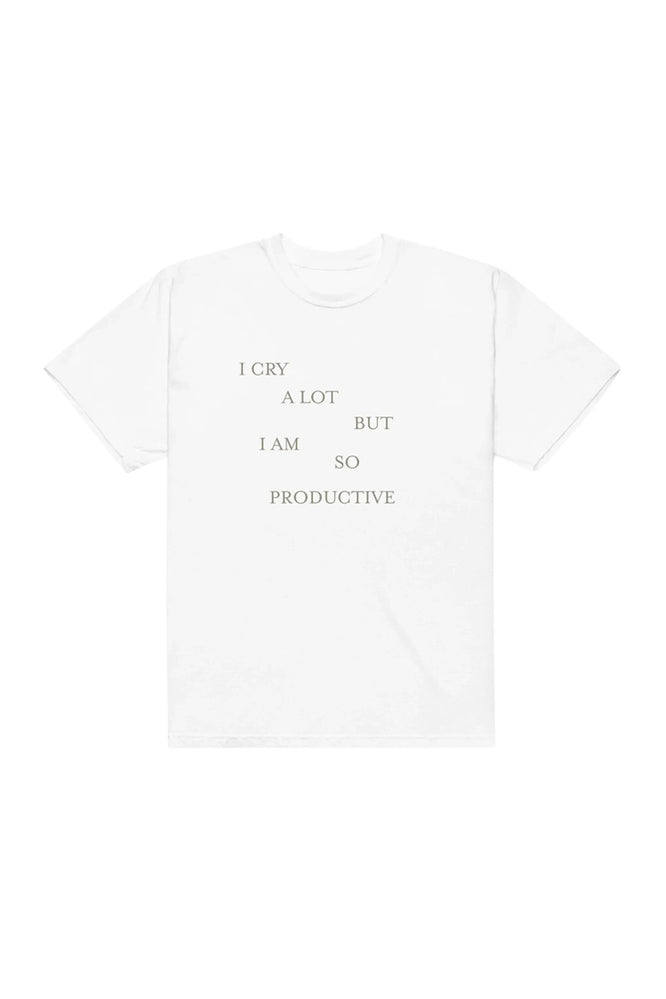Fitness is so subjective. It’s a personal journey that looks different for everybody. As a professional, all I can do is put out the best information I can that is scientifically backed. If it’s anecdotal then I will tell you straight-up that I haven’t been able to find scientific evidence supporting or negating a theory or claim. Not all information I put out will always support everybody’s fitness regimen. So many of my articles (including the most recent one on running) have a poppin-ass comments section because everyone has their own way of working out. I will always write the truth about what works for me from MY own experiences and also as a professional, from being a part of other people’s journeys. What works for me and my clients will not always work for everyone. I think the discussions being had are fantastic, and this is the biggest sign that people are finding what works for them and staying true to their own path. If my writing gets you considering ways to be healthier or sparking health-related conversations then I have achieved my purpose. However, if this article, and any of my other articles do not resonate with you, it doesn’t mean I am saying what you’re doing is wrong. Follow what your body tells you, first and foremost and forever.
With that said, let’s talk about cardio. There are two sides to every story, just like the story of your Tinder date’s last relationship’s demise (if he said “she was crazy” she probably wasn’t, FYI, she probably just caught him cheating and left). When it comes to cardio, some people love it, some people hate it. I’ll let you figure it out for yourself.
Cardio is any activity that elevates your heart rate. So anything from pacing anxiously after sending a bold text to running after your Uber after the club closes technically counts as cardio. But let’s break it down further into different TYPES of cardio.
Low Intensity Steady State Cardio
If you guys go on a cardio machine such as the treadmill or the elliptical or whatever else, you might see this chart that correlates your age with your current heart rate and that determines what kind of zone you’re in (there’s “fat burn” and “cardiovascular” zone). For a long, long time, people thought that to burn fat and lose weight you have to your ass in the fat burn zone for hours. The fat burn zone is not tiring for the average population (if you’re healthy and don’t have any disorders). That’s like a chill walk around the neighborhood. Boredom and stalker-ish tendencies aside, you can do that for hours, right? You’re not going to be out of breath or anything. Low intensity steady state cardio is basically the kind of cardio that you can do without too much effort, for a long time. And yeah you’re in the “fat burn” zone because most of the calories is coming from fat metabolism, but you’re only burning like, 200 calories in an hour. When new information came out the inaccuracies about the “fat burn” zone and about the benefits of HIIT or high intensity interval training, everyone jumped the LISS ship and now it seems like the only people every chill walking on a treadmill in the gym are somebody’s grandparents.

So is LISS a complete waste of time?
Not exactly, not even for fitness experts that train constantly. LISS is so damn chill that you don’t need any time to recover from it after. You can actually use it TO recover after a day of lifting heavy or strenuous work. It will still increase your circulation and get you feeling active, but not completely drain your energy reserves. LISS is perfect for beginners. The main goal for anyone starting their fitness journey is to GET MOVING in any way, shape or form. It is also great for anyone easing their way back from an injury or illness. Personally, I use LISS as a way to wake my body up on certain days. I usually work out pretty much right after I wake up, and sometimes your girl is not trying to jump into anything crazy right away. I’m still trying to get my life together. So I’ll jump on a treadmill first, and start walking. I’ll check my emails, check IG and Twitter, ignore any “wyd?” texts I got while I was asleep and then put on Schitt’s Creek on Netflix on my phone. I’ll progressively pull up the incline (remember, I’m not a beginner, so if adding incline makes this no longer something you can do for a full hour, it’s no longer LISS) throughout the cardio session. Afterwards, I’m awake, my blood is flowing, I’ll be ready to move on with my workout or with my day, depending on the schedule. Now, not every day will be LISS, and it doesn’t have to be. If you’re someone that does HIIT a lot and love it, you don’t have to ditch it completely. LISS is just another tool you can use on days where you need or want a more gentle approach. It’s effective in a different way and you’re certainly not going to be huffing and puffing, so you might not FEEL dead but it’s effective all the same. You don’t always have to feel dead after a workout to for it to be effective.
High Intensity Interval Training
This baby came in hot. Barry’s Bootcamp, SoulCycle, Rise Nation, etc. are all designed around HIIT training, it’s a very lucrative cardio approach.
While LISS you can do the whole time with no breaks, with HIIT breaks are a crucial part of the whole training because otherwise you might die the body requires oxygen. When you’re sprinting on a treadmill or a bike, your body is quickly running out of oxygen, turning the state of your cells acidic (all that carbon dioxide, honey!) which is why you’re out of breath. The work phase of HIIT shouldn’t last more than 90 seconds, mainly because you shouldn’t be physically able to. While LISS uses fat as its primary means of energy, HIIT is considered to be so high intensity that we’re working with depleting your carbohydrate stores because carbohydrates provide quicker energy. Now, this doesn’t mean you won’t lose fat with HIIT. In fact, you’re working so hard you’re probably burning equal the number amounts of an hour long LISS session in half the time with HIIT. There is also something called EPOC or excess post-exercise oxygen consumption. When trainers tell you to do HIIT because you’re burning calories for hours after you’re done training, this is what they’re talking about. It’s the body’s way of restoring the oxygen levels back to normal, and it requires calories to do so. EPOC is only activated during intense exercise—the duration of exercise doesn’t matter so this isn’t something that can ever be achieved with LISS.

Do You Ever NEED To Do Cardio?
It’s the 21st century, you don’t ever NEED to do anything. But you probably should. If you’re lifting weights and doing circuit/HIIT training, LISS could be a good recovery tool for you. It’s also a good jumping off point for beginners, so if you’re trying to get a friend or family member started on working out you can have them join you on your LISS day. It’s also such a great multi-tasking tool. You can do so much sh*t in the time you’re walking on the treadmill, guys—reply to emails, call your girls or your mom and catch up, read the news. You can’t multi-task while doing HIIT unless you’re open to seriously injuring yourself. HIIT is so killer, it’s great for amping and switching up your workout routine so you can continue to progress. It can be incorporated into your resistance training routine so you can do a little two-in-one situation. In fact, many people do cardio and don’t even realize they’re doing cardio with HIIT (but more on that a little later).
I’ve found the best way for me to do cardio is to combine LISS and HIIT. I’ll do LISS (which is pretty much the traditional cardio… walking on the treadmill, using the elliptical, etc.) then add some HIIT fundamentals into the weights portion. According to science (and my experiences), the best results in exercise come from a combination of cardio and resistance training. I mentioned before in an article that without cardio I looked “puffy” so I make it a point now to do cardio. Some people will say this is super misleading and weights don’t make you puffy.

Hear me out.
At that time, I was lifting heavy and slow for muscle growth. When your muscles grow, it is holding onto more glycogen stores (because it knows it needs it for the work, our bodies are incredibly smart) which holds onto water (should I write about this little phenomenon? Lmk in the comments!). That’s why I got that “puffy” look. I also wasn’t losing fat at the same rate I was building muscle, so it was double the puff. If all you do is lift heavy weights and never do “cardio” in your whole life, and you’re not “puffy”, I’m willing to bet that you’re doing some sort of HIIT in your workouts. You’re doing 3 sets of 30 seconds of jump squats? Are you doing battle rope intervals? You’re doing cardio, baby. Welcome to the club, so happy to have you.
Images: Clem Onojeghuo / Unsplash; Giphy (3)









































